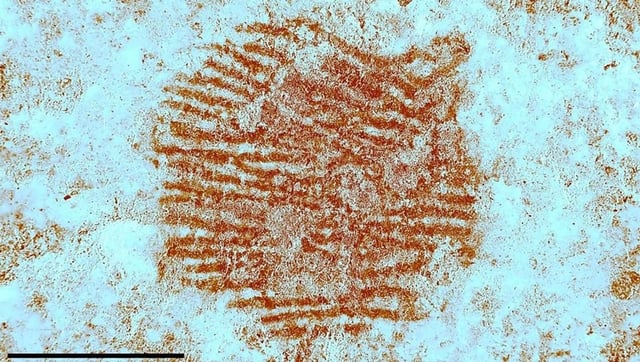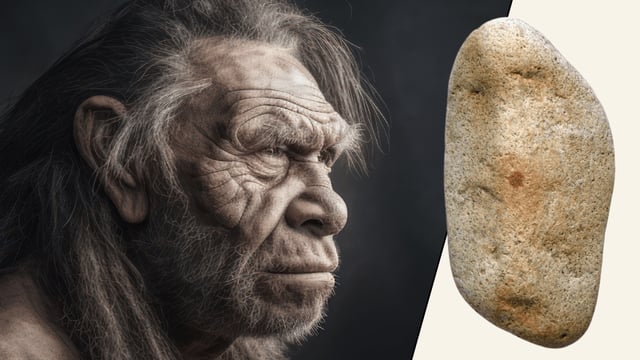Overview
- Excavated in July 2022 from the San Lázaro rock shelter, the 20 cm granite pebble stood out for its natural pits that resemble eyes, mouth and nose.
- A study published in May 2025 confirms the red ocher dot contains one of the most complete Neanderthal fingerprints, likely belonging to an adult male.
- Analyses show the pigment was composed of iron oxides and clay minerals and was applied precisely where a nose would sit on the implied face.
- The stone bears no signs of edge wear or flaking, indicating it was valued for decorative or symbolic purposes rather than as a tool.
- Radiometric dating places the pebble at around 43,000 years old—well before modern humans reached Iberia—challenging assumptions about Neanderthal cognitive abilities.


